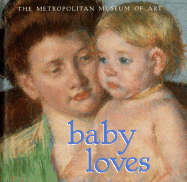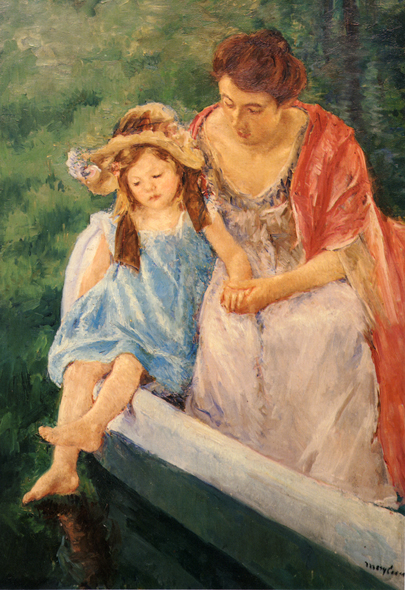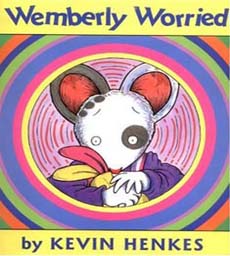Award Winning Books
Newbery Medal Award:
The One and Only Ivan- 2012 Winner- Fantasy
Applegate, K. (2012). The one and only Ivan. New York: Harper.
Ivan is an easygoing gorilla. Living in an exhibit, instead of his natural habitat, he has grown accustomed to humans watching him through the glass walls of his exhibit. He rarely misses his life in the jungle. In fact, he hardly ever thinks about it at all. Ivan is a very different kind of gorilla. Ivan thinks about TV shows he’s seen and about his friends Stella, an elderly elephant, and Bob, a stray dog. Mostly, Ivan thinks about art and how to capture the taste of a mango or the sound of leaves with color and a well-placed line.Then he meets Ruby, a baby elephant taken from her family, and she makes Ivan see their home, and his own art, through new eyes. When Ruby arrives, change comes with her, and it’s up to Ivan to make it a change for the better. Ivan no longer views his life with contentment. He wants to be able to show and express himself through art.
Katherine Applegate blends humor and poignancy to create Ivan’s unforgettable first-person narration in a story of friendship, art, and hope. This book is terrific and it is clear why it is an award winner! I think this book would be best for intermediate grades. Important concepts like animal cruelty and treatment can be discussed while reading this book.
Here are some potential activities!
Katherine Applegate blends humor and poignancy to create Ivan’s unforgettable first-person narration in a story of friendship, art, and hope. This book is terrific and it is clear why it is an award winner! I think this book would be best for intermediate grades. Important concepts like animal cruelty and treatment can be discussed while reading this book.
Here are some potential activities!
The Tale of Desperaux- 2004 Winner- Fantasy
DiCamillo, K., & Ering, T. (2003). The tale of Despereaux: Being the story of a mouse, a princess, some soup, and a spool of thread. Cambridge, Mass.: Candlewick Press.
In the faraway kingdom of Dor, four unlikely heroes emerge: Despereaux, Roscuro, Pea, and Mig. Tiny and graced with over sized ears, Despereaux was born too big for his little world. Refusing to live his life cowering, he befriends a Princess named Pea and learns to read, rather than eat, books submerging himself in stories of knights, dragons and fair maidens. Banished from his mouse world for being more man than mouse, Despereaux is rescued by another outcast, Roscuro, who also wants to hear the tales. When the Princess dismisses Roscuro's friendship, he becomes the ultimate rat and plots revenge with fellow outsider Mig. After Pea is kidnapped, Despereaux discovers he is the only one who can rescue her and that even the tiniest mouse can find the courage of a knight in shining armor.
Although this book look overwhelming because of its size (short pages and big print=lots of pages), it would make the perfect read aloud. Also by Kate Dicamillo, this could be included in an author study with The One and Only Ivan. I do think would be used in younger grades than the other book. With tat said, maybe this book could be used in an author study, but children can read different books in book groups based on their reading level.
Here are some potential activities!
Although this book look overwhelming because of its size (short pages and big print=lots of pages), it would make the perfect read aloud. Also by Kate Dicamillo, this could be included in an author study with The One and Only Ivan. I do think would be used in younger grades than the other book. With tat said, maybe this book could be used in an author study, but children can read different books in book groups based on their reading level.
Here are some potential activities!
Caldecott Medal Award:
So You Want to Be President?- 2001 Winner- Picture Books and Nonfiction
George, J., & Small, D. (2000). So you want to be president? New York: Philomel Books.
Presidents have come in every variety. They've been generals, actors, big, small, handsome, and unfortunate looking. From the embarrassment of skinny-dipping, to the mischievous adventure of Theodore Roosevelt's pony, this book shares the fun and sometimes weird facts that have been part and played our in America's White House. This historically accurate book presents interesting facts about each of the presidency, except the current, in an entertaining way. The pictures act more as comics and it read like a fiction book. The book shows us the quirks of forty-one men who have risen to one of the most powerful positions in the world.
This book is hilariously illustrated by Caldecott honor-winning artist David Small. The illustrations are one of the best parts of the book! I think this book is great for use in most grades. It could be read in sections depending on the part of American history being studied, it can be used in research projects, or it can be read to explain the parts of the american government. There are endless uses for this book. It portrays the most powerful men in the country in a relate able fashion.
Here are some potential activities!
This book is hilariously illustrated by Caldecott honor-winning artist David Small. The illustrations are one of the best parts of the book! I think this book is great for use in most grades. It could be read in sections depending on the part of American history being studied, it can be used in research projects, or it can be read to explain the parts of the american government. There are endless uses for this book. It portrays the most powerful men in the country in a relate able fashion.
Here are some potential activities!


Owl Moon-1988 Winner- Picture Books
Yolen, J., & Schoenherr, J. (1987). Owl moon. New York: Philomel Books.
On a cold winter's night a young girl and her father walk through the woods hoping to see a Great Horned Owl. The girl knows she must be quiet and patient if she hopes to see an owl, and that there's even a chance that no matter how quiet she is or how long she waits, she and her father might not see any owls at all. Then, after a long, cold search, the girl's patience is rewarded.
This book is beautifully illustrated with watercolor paintings that provide a cold feel to the book. With that said, I was not a huge fan. I know this is popular book, but it is slow and anticlimactic in my opinion. I'm not sure that I would do anything with this book other than have it available in my classroom.
This book is beautifully illustrated with watercolor paintings that provide a cold feel to the book. With that said, I was not a huge fan. I know this is popular book, but it is slow and anticlimactic in my opinion. I'm not sure that I would do anything with this book other than have it available in my classroom.
Rapunzel- 1998 Winner - Fairy Tales and Picture Books
Zelinsky, P., & Beniker, A. (1997). Rapunzel. New York: Dutton Children's Books.
The story of Rapunzel centers on a couple who unable to have a child. After many years and a miracle, the couple finds out that they are expecting a child. As a side effect of the pregnancy the wife has a craving for Rapunzel. Rapunzel is an herb that grows in the walled garden of the witch next door.To satisfy his wife's craving, the husband steals Rapunzel from this garden, only to be caught in the act by the angry witch. In return for sparing his life, she demands that the husband promise her the newborn child. The witch takes the child once it is born and names her Rapunzel.There follows the well-known story of a long-haired girl kept in an inaccessible tower, and a prince who finds her and wins her heart.
What makes this story different from other re-tellings are the vivid illustrations. They act a capsule back in time and create a story focused m on possessiveness, confinement, and separation, rather than about punishment. I prefer this retelling over the stereotyped fairy tale version. I think it is more relate able and exciting when there is struggle and despair.
Here are some potential activities!
The story of Rapunzel centers on a couple who unable to have a child. After many years and a miracle, the couple finds out that they are expecting a child. As a side effect of the pregnancy the wife has a craving for Rapunzel. Rapunzel is an herb that grows in the walled garden of the witch next door.To satisfy his wife's craving, the husband steals Rapunzel from this garden, only to be caught in the act by the angry witch. In return for sparing his life, she demands that the husband promise her the newborn child. The witch takes the child once it is born and names her Rapunzel.There follows the well-known story of a long-haired girl kept in an inaccessible tower, and a prince who finds her and wins her heart.
What makes this story different from other re-tellings are the vivid illustrations. They act a capsule back in time and create a story focused m on possessiveness, confinement, and separation, rather than about punishment. I prefer this retelling over the stereotyped fairy tale version. I think it is more relate able and exciting when there is struggle and despair.
Here are some potential activities!









